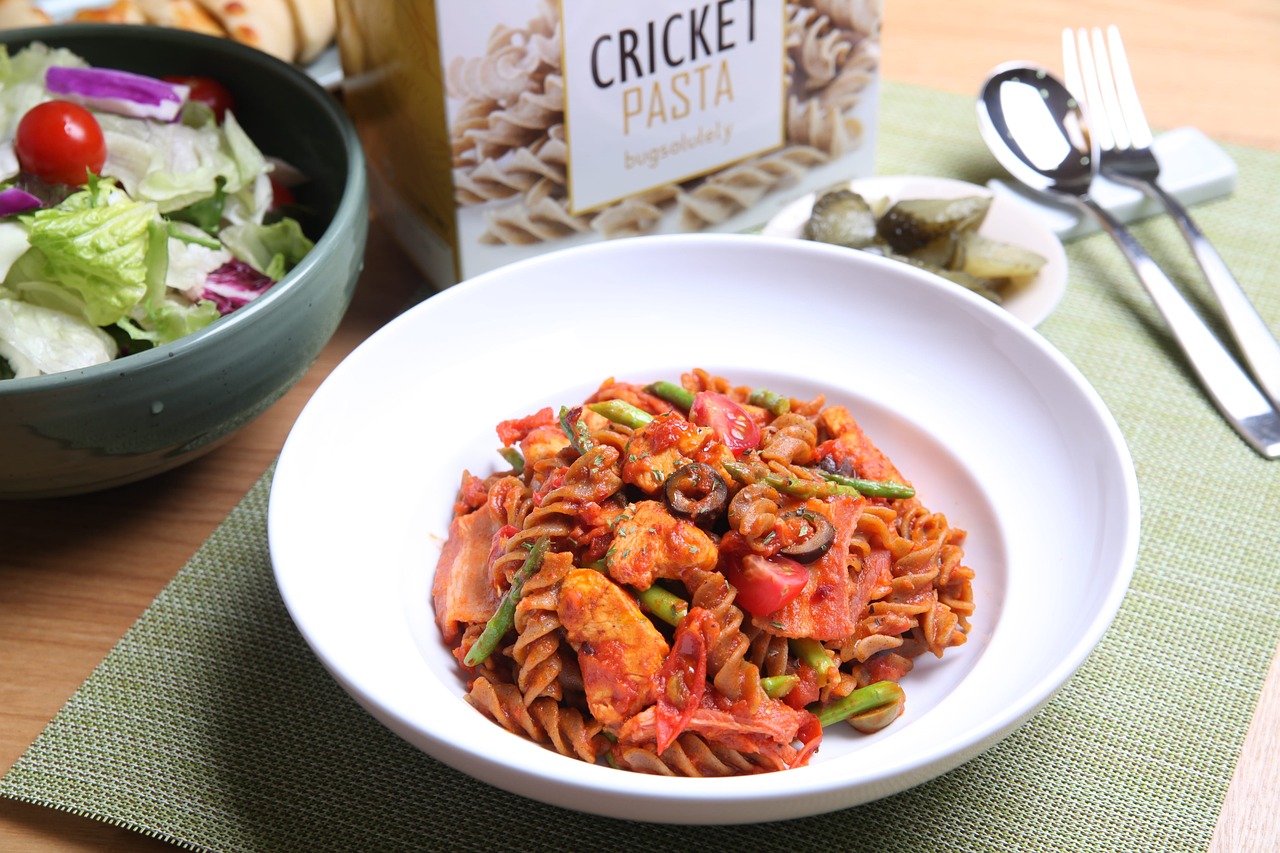
Pre-reading questions:
- What is your initial reaction or perception when you hear about consuming insects as food?
- In which part of your country do you think edible insects are traditionally part of the diet?
Vocabulary:
- alternative /awl-TUR-nuh-tiv/
- species /SPEE-sheez/
- strain /streyn/
- ecological /ee-kuh-LAA-juh-kl/
- shift /shift/
[noun] – something that is different from something else, especially from what is usual, and offering the possibility of choice
The chef offered a vegetarian alternative for those who preferred not to have meat in their meal.
[noun] – a set of animals or plants in which the members have similar characteristics to each other and can breed with each other
The Amazon Rainforest is home to an incredibly diverse range of species, many of which are not found anywhere else in the world.
[verb] – to create pressure or use effort
The rapid expansion of agriculture in the region strains local water resources and contributes to soil degradation.
[adjective] – relating to ecology or the environment
The team conducted an ecological study to assess the impact of the construction project on the local wildlife and vegetation.
[noun] – a change or transition
The recent shift in company policies reflects a significant change in our approach to sustainability.
Article reading:
There are over 2,100 species of edible insects globally, offering flavors from nutty to citrusy. Yoon aims to introduce people to this diverse culinary world and inspire insect-based dishes. While about 2 billion people worldwide consume insects, Western countries often hesitate due to cultural reservations. However, as we work towards feeding a projected 9 billion people by 2050, traditional food production strains the environment. Insects provide a sustainable protein source with a significantly lower ecological footprint. For example, crickets require much less feed compared to livestock. Yoon’s goal is to normalize insect consumption worldwide, especially in Western nations like the United States, where a shift from “ew” to “yum” is needed. To make this transition easier, Yoon suggests incorporating insects into familiar dishes, like adding crickets to fried rice or using cricket powder in mac and cheese sauce. With products like the Chapul Cricket energy bar and the rise of edible insect farms, this culinary movement is gaining momentum. Yoon emphasizes that every individual can make a significant impact by integrating edible insects into their diet, even if it’s just once a week, contributing to a more sustainable future.
Comprehension questions
- Who is Chef Joseph Yoon, and what initiative is he leading?
- What is Chef Yoon’s goal in advocating for edible insects?
- How many species of edible insects are there globally, and what range of flavors do they offer?
- What is one of the main environmental benefits of using insects as a protein source, compared to traditional livestock?
- How does Chef Yoon suggest making the transition to insect consumption easier for people?
Discussion questions
- Have you ever tried food made with edible insects? If yes, what was it like, and did it change how you feel about eating insects? If not, would you be willing to try? Why or why not?
- How does your cultural background influence what you eat, especially in regards to insects? How might cultural preferences affect people’s openness to insects as a food source in different parts of your country?
- Do you think that attitudes towards eating insects will change significantly in Western countries like the United States in the future?
- What are the environmental benefits of farming insects compared to traditional livestock farming? How does using insects for protein contribute to solving global food security issues in terms of sustainability?
- How can small changes in our eating habits, like having insects once a week, help create a more sustainable future? What are some other small changes individuals can make to support sustainability efforts?